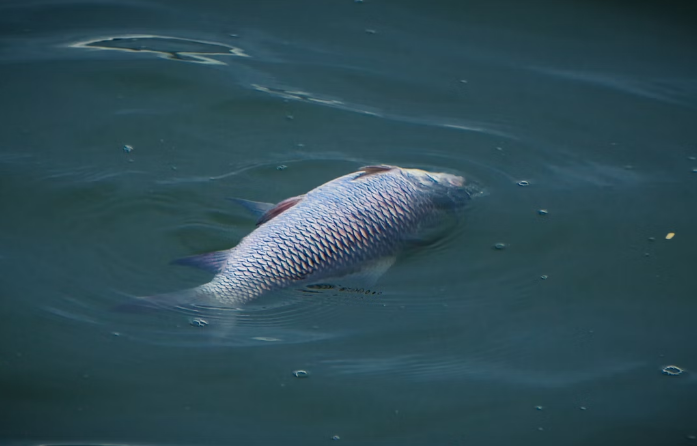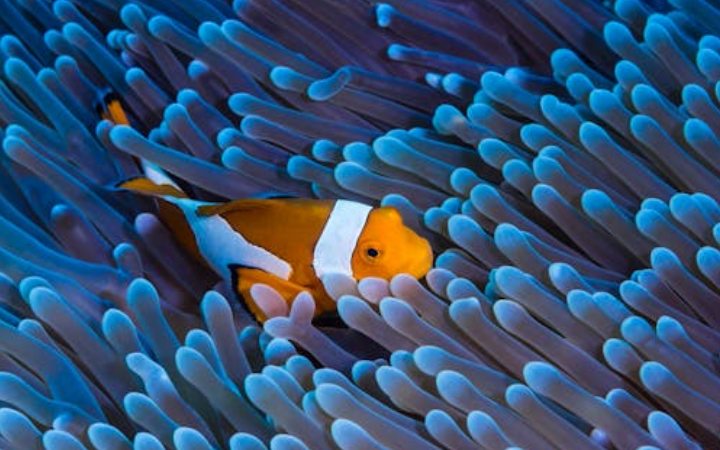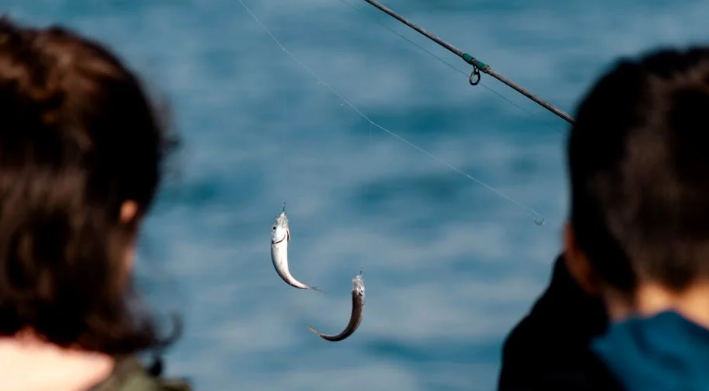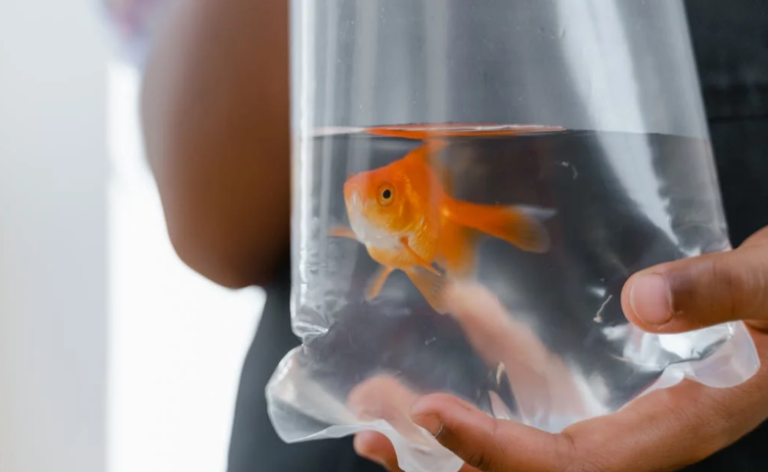Keeping fish as pets can be a delightful experience. Their graceful swimming and vibrant colors bring a sense of peace to any room. However, it can be distressing when your fish start dying one by one. Understanding why this happens is crucial to prevent it and ensure your fish live happy, healthy lives.
This article will explore the common reasons fish die in an aquarium, how to recognize the signs of trouble, and what steps you can take to fix the problem.

Understanding the Basics of Fish Care
Before diving into the reasons your fish might be dying, it’s important to understand some basic fish care principles. Fish are sensitive creatures that depend on their environment for survival. This means they need clean water, the right temperature, and proper food.
- Water Quality: The water in your tank should be clean and free of harmful chemicals. Fish produce waste that can build up over time, making the water toxic. Regularly changing the water and using a filter helps keep it clean.
- Temperature: Fish are cold-blooded animals. This means their body temperature matches their environment. Different fish species need different water temperatures. For example, tropical fish prefer warmer water, while goldfish do well in cooler conditions.
- Diet: Fish need a balanced diet to stay healthy. Overfeeding or giving the wrong type of food can lead to health problems.
- Tank Size: The size of your tank matters. Too many fish in a small tank can cause stress and lead to health issues.
With these basics in mind, let’s look at the specific reasons why your fish might be dying.
Common Reasons Fish Die in Aquariums
1. Poor Water Quality
Water quality is the most critical factor in keeping fish healthy. Fish produce waste that turns into ammonia, which is toxic to them. A build-up of ammonia, nitrites, or nitrates can poison your fish.
Symptoms: Fish gasping for air at the surface, sudden deaths, or sluggish behavior.
Solution: Regular water changes and a good filtration system are key. Test the water regularly to monitor ammonia, nitrite, and nitrate levels.
2. Incorrect Water Temperature
Different fish species have different temperature requirements. If the water is too hot or too cold, it can stress your fish and make them sick.
Symptoms: Fish may become lethargic, lose their appetite, or show rapid breathing.
Solution: Use a reliable aquarium heater or chiller to maintain the correct temperature. Always research the specific needs of your fish species.
3. Overfeeding
Overfeeding is a common mistake among fish owners. Excess food sinks to the bottom and decays, which can pollute the water and cause harmful bacteria to grow.
Symptoms: Uneaten food, cloudy water, or fish appearing bloated.
Solution: Feed your fish small amounts once or twice a day. Only give them what they can eat in a few minutes.
4. Incompatible Tank Mates
Not all fish get along. Some species are aggressive and can harm or stress out other fish in the tank.
Symptoms: Torn fins, missing scales, or one fish constantly hiding.
Solution: Research before adding new fish to your tank. Make sure all your fish have similar temperaments and environmental needs.
5. Disease
Fish, like any other living creatures, can get sick. Diseases in fish can spread quickly, especially in a confined tank.
Symptoms: Spots on the body, fuzzy growths, or changes in behavior.
Solution: Quarantine new fish before adding them to your main tank. Keep a close eye on your fish for any signs of illness. There are treatments available for many common fish diseases.
6. Stress
Stress weakens a fish’s immune system, making them more susceptible to disease. Stress can come from poor water quality, overcrowding, or even loud noises.
Symptoms: Changes in swimming patterns, hiding, or loss of color.
Solution: Maintain a calm and stable environment. Ensure your tank is not overcrowded and that the water quality is good.
7. Poor Oxygenation
Fish need oxygen to survive. Poor oxygen levels in the water can be deadly. This can happen if the tank is too crowded or if there isn’t enough water movement.
Symptoms: Fish gasping at the surface, sluggish behavior, or sudden deaths.
Solution: Make sure your tank has good water circulation. Use air stones or a good filter to keep the water oxygenated.
Read Also:
What Fish Can Live With Shrimp?
When Fish Die Do They Float or Sink?
How to Tell If a Molly Fish Is Dying?
Recognizing Signs of Trouble
To prevent fish deaths, it’s crucial to recognize early signs of trouble. Here are some things to watch for:
- Changes in Behavior: If your fish are swimming differently, hiding more often, or gasping for air, something might be wrong.
- Physical Changes: Look for signs like spots, bloating, or ragged fins.
- Water Clarity: Cloudy or foul-smelling water can indicate problems with water quality.
- Test Results: Regularly test your water for ammonia, nitrites, nitrates, and pH levels.
Preventive Measures and Solutions
Regular Maintenance
Keeping up with regular tank maintenance is crucial. This includes weekly water changes, cleaning the tank and filter, and testing water parameters.
Steps for Good Maintenance:
- Water Changes: Change 10-20% of the water each week to keep it fresh.
- Tank Cleaning: Remove any uneaten food and clean the tank walls to prevent algae growth.
- Filter Maintenance: Clean or replace filter media as needed to ensure efficient water flow and filtration.
- Testing Water: Use a water testing kit to monitor ammonia, nitrite, nitrate, and pH levels.
Proper Fish Selection
Choosing the right fish for your tank is important. Consider their size, temperament, and environmental needs.
Tips for Selecting Fish:
- Research: Learn about the specific needs of each fish species before purchasing.
- Compatibility: Ensure the fish you choose can live together peacefully.
- Tank Size: Make sure your tank is big enough to accommodate the number and type of fish you have.
Quarantine New Fish
New fish can introduce diseases to your tank. Quarantine them in a separate tank for a few weeks before adding them to your main aquarium.
Steps for Quarantine:
- Separate Tank: Set up a small tank with similar water conditions to your main tank.
- Observe: Watch the new fish for signs of illness.
- Treat if Needed: If you notice any disease symptoms, treat the fish before introducing them to the main tank.
Avoid Overcrowding
Overcrowding leads to stress and poor water quality. Ensure your tank is not too full.
Guidelines for Stocking:
- Follow the Rule of Thumb: A common guideline is one inch of fish per gallon of water.
- Consider Fish Growth: Remember that fish will grow, so plan for their adult size.
Conclusion
Fish dying one by one can be heartbreaking. But by understanding the common causes and taking preventive measures, you can create a healthy environment for your aquatic friends. Always keep an eye on water quality, maintain proper feeding and temperature, and be cautious with new fish. With care and attention, your fish will thrive and bring joy to your life for many years.
Maintaining a fish tank requires responsibility and dedication. Remember, the health and happiness of your fish depend on the environment you provide.



